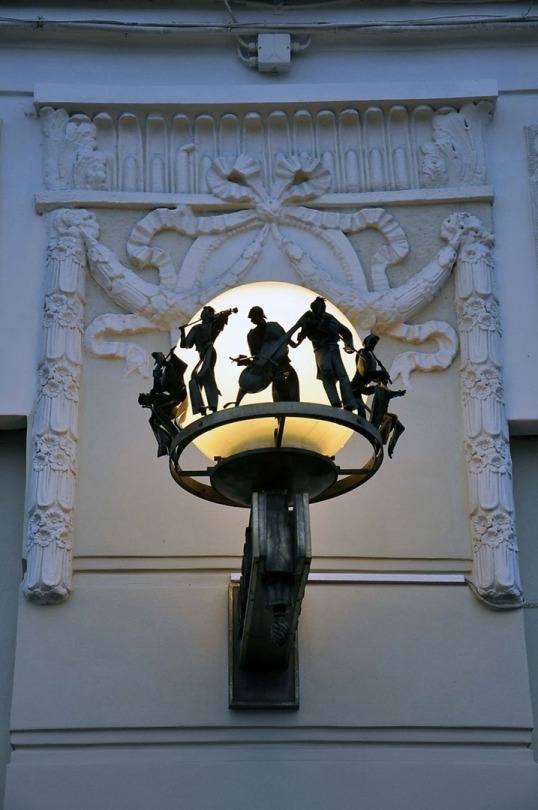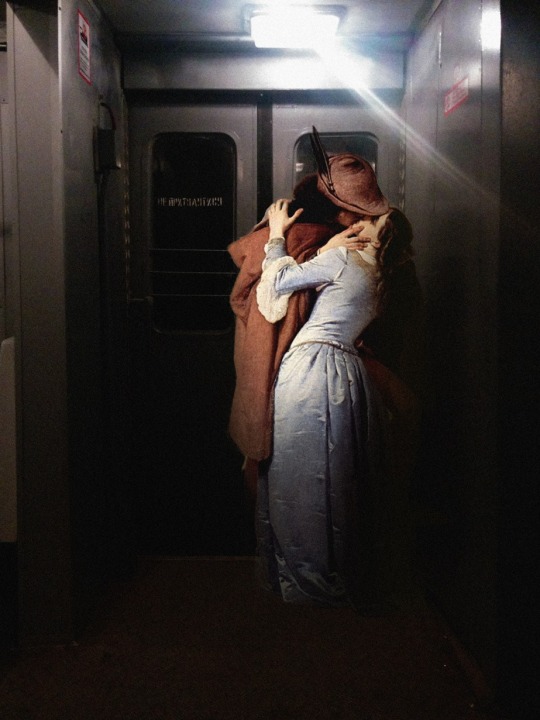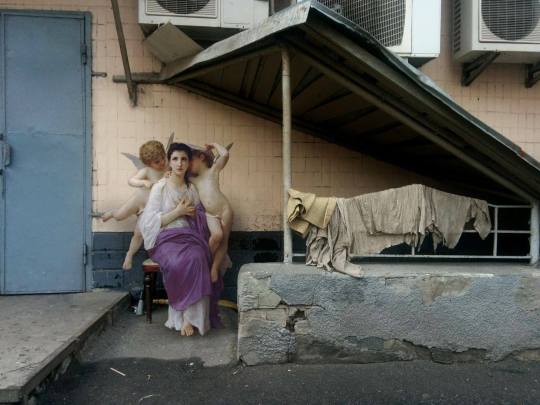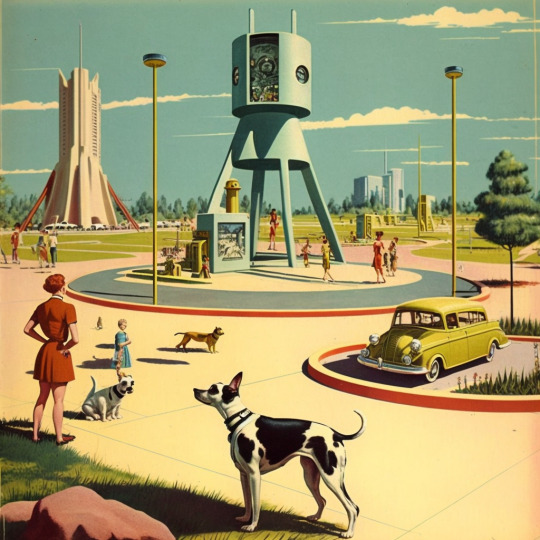Photo

Christ Is Risen postcard by Volodymyr Bednarsky, 1983
188 notes
·
View notes
Text

Street lamp of the sheet music store in Saint Petersburg
298 notes
·
View notes
Text

Passengers at the scheme of Moscow metro lines at Kirovskaya station. Photo by Viktor Velikzhanin, USSR, 1968.
279 notes
·
View notes
Photo

Valles Marineris: The Grand Canyon of Mars (desktop/laptop)
Click the image to download the correct size for your desktop or laptop in high resolution
61 notes
·
View notes
Photo

2018 September 16
A Solar Filament Erupts
Image Credit: NASA’s GSFC, SDO AIA Team
Explanation: What’s happened to our Sun? Nothing very unusual – it just threw a filament. Toward the middle of 2012, a long standing solar filament suddenly erupted into space producing an energetic Coronal Mass Ejection (CME). The filament had been held up for days by the Sun’s ever changing magnetic field and the timing of the eruption was unexpected. Watched closely by the Sun-orbiting Solar Dynamics Observatory, the resulting explosion shot electrons and ions into the Solar System, some of which arrived at Earth three days later and impacted Earth’s magnetosphere, causing visible aurorae. Loops of plasma surrounding an active region can be seen above the erupting filament in the featured ultraviolet image. Although the Sun is now in a relatively inactive state of its 11-year cycle, unexpected holes have opened in the Sun’s corona allowing an excess of charged particles to stream into space. As before, these charged particles are creating auroras.
∞ Source: apod.nasa.gov/apod/ap180916.html
610 notes
·
View notes
Photo

Black hole Gargantua
Credit: Interstellar / Paramount Pictures
29K notes
·
View notes




















